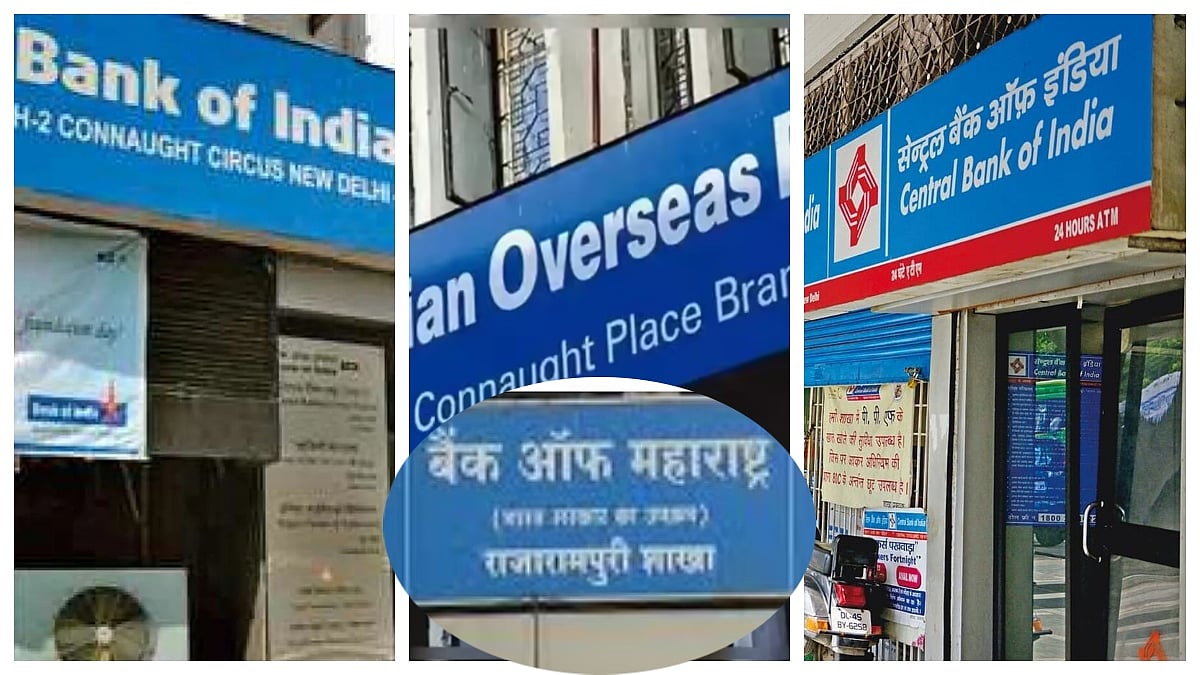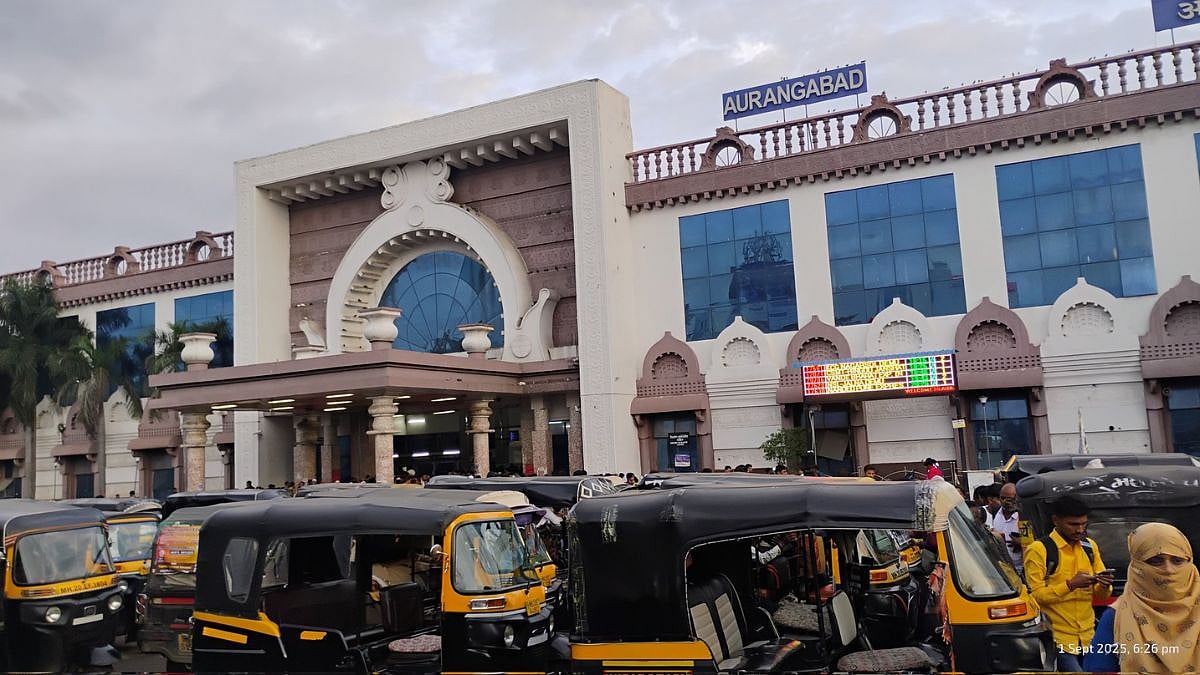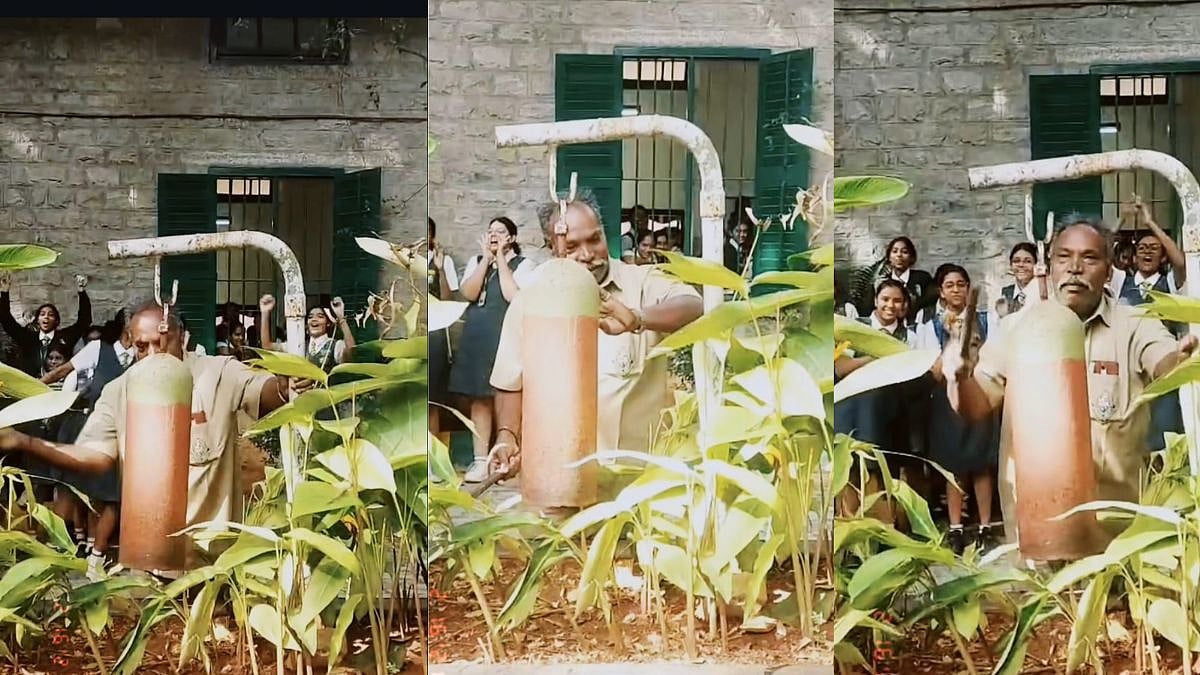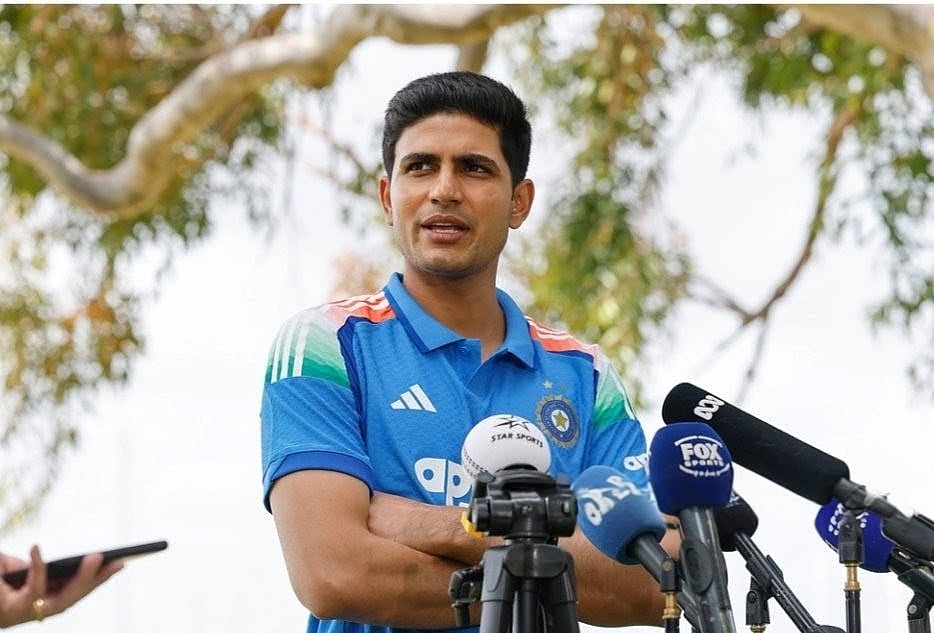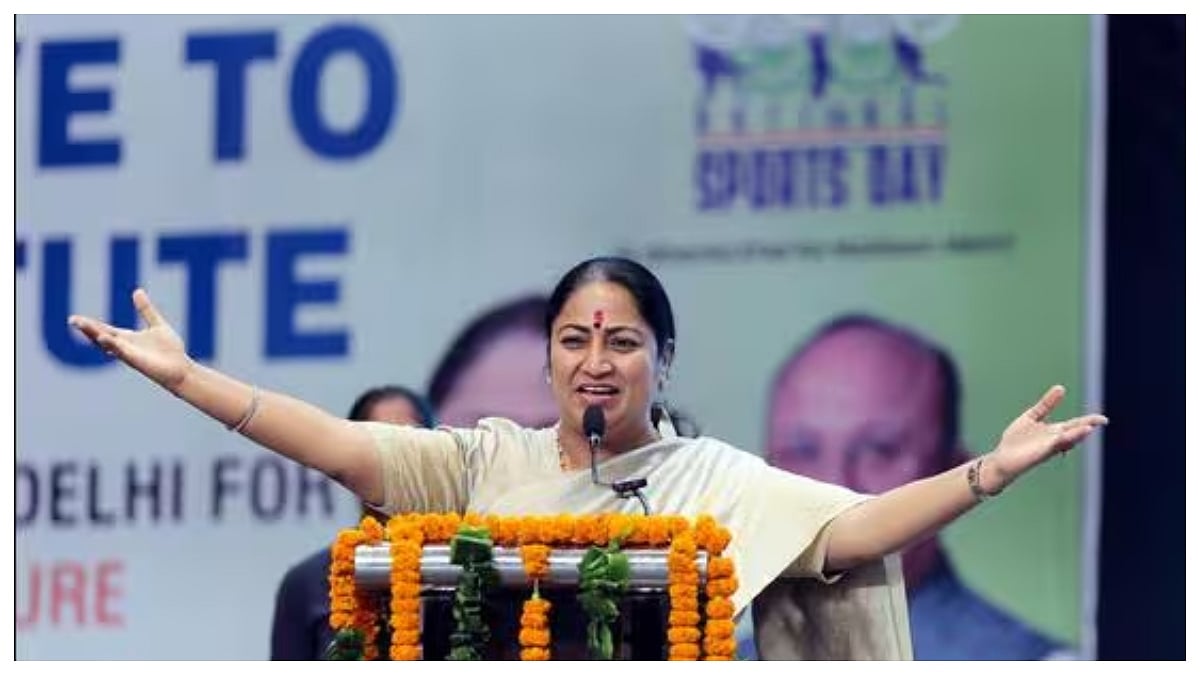New Delhi: In a major move that could change the face of India’s public banking sector, the central government is reportedly planning to merge four smaller public sector banks with larger ones. This step is expected to make banks stronger, more efficient, and better prepared for future financial challenges. The idea is to help these banks support more lending and compete with fast-growing private and fintech firms.
Which Banks Are Involved?
As per reports, Indian Overseas Bank (IOB), Central Bank of India (CBI), Bank of India (BOI), and Bank of Maharashtra (BoM) may be merged into larger banks such as Punjab National Bank (PNB), Bank of Baroda (BoB), and State Bank of India (SBI). This means the smaller banks could cease to exist under their current names.
What’s the Government's Plan?
An internal document titled ‘Record of Discussion’ outlines the plan. It will first be reviewed by senior cabinet officials and then the Prime Minister’s Office (PMO). These discussions are expected to take place in financial year 2026–27 (FY27). A full roadmap will also be prepared during that time. As of now, the Ministry of Finance has not officially confirmed the plan.
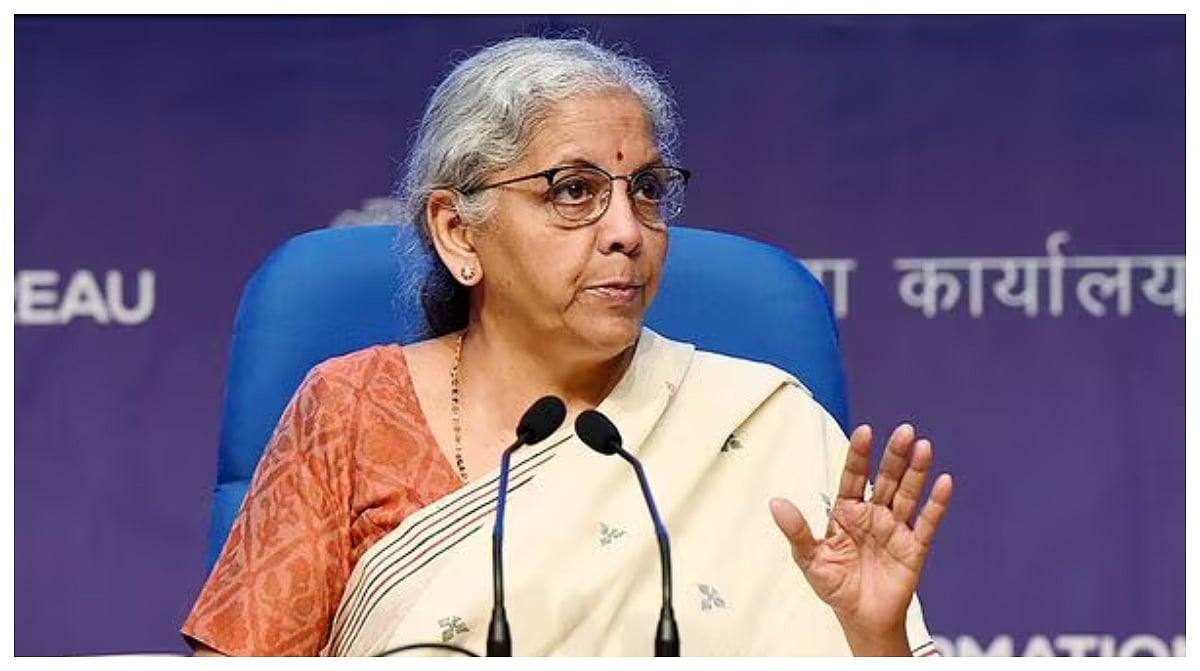
Why Are Banks Being Merged?
This plan is part of the government’s push to make public sector banks stronger. Between 2017 and 2020, 10 banks were already merged into 4 big ones. That brought down the total number of public sector banks from 27 to just 12. Mergers like Syndicate Bank with Canara Bank and United Bank of India with PNB are examples of this past strategy.
What Experts Say
Experts think that having a few strong, well-funded public banks will help India’s banking sector grow better and faster. NITI Aayog has also advised that only banks like SBI, PNB, BoB, and Canara Bank should remain, while the rest should be merged or privatised to stay competitive globally.
